Home › 6a) Gold & Monetary Metals › 6a.) GoldCore › The Changing Role of Gold
Permanent link to this article: https://snbchf.com/2021/08/flood-role-gold/
Receive a Daily Mail from this Blog
Live Currency Cross Rates
 On Swiss National Bank
On Swiss National Bank
-
SNB Sight Deposits: decreased by 15 billion francs compared to the previous four weeks
24 days ago -
2025-07-31 – Interim results of the Swiss National Bank as at 30 June 2025
2025-07-31 -
SNB Brings Back Zero Percent Interest Rates
2025-06-26 -
Hold-up sur l’eau potable (2/2) : la supercherie de « l’hydrogène vert ». Par Vincent Held
2025-06-24 -
2025-06-25 – Quarterly Bulletin 2/2025
2025-06-25
 Main SNB Background Info
Main SNB Background Info
-
SNB Sight Deposits: decreased by 15 billion francs compared to the previous four weeks
24 days ago -
The Secret History Of The Banking Crisis
2017-08-14 -
SNB Balance Sheet Now Over 100 percent GDP
2016-08-29 -
The relationship between CHF and gold
2016-07-23 -
CHF Price Movements: Correlations between CHF and the German Economy
2016-07-22
Featured and recent
-
 Wanderwitz dreht endgültig durch: Blamage mit AfD “Prüf-Video”
Wanderwitz dreht endgültig durch: Blamage mit AfD “Prüf-Video” -
 Deutschland vor dem Kollaps? Warum alles ab 2016 aus dem Ruder lief
Deutschland vor dem Kollaps? Warum alles ab 2016 aus dem Ruder lief -
 Eilmeldung: Stuttgart ist in 17 Tagen pleite!!
Eilmeldung: Stuttgart ist in 17 Tagen pleite!! -
 Polit-Bombe bei EU-Finanzministern: “Niemand hat die Absicht, Bargeld einzuschränken!”
Polit-Bombe bei EU-Finanzministern: “Niemand hat die Absicht, Bargeld einzuschränken!” -
 So werden Kritiker ausgeschaltet! Ganzes Interview: Heute 18 Uhr!
So werden Kritiker ausgeschaltet! Ganzes Interview: Heute 18 Uhr! -
 Wie die Volatilität die Optionspreise beeinflusst
Wie die Volatilität die Optionspreise beeinflusst -
 AfD in New York: plötzlich zittert der Verfassungsschutz!
AfD in New York: plötzlich zittert der Verfassungsschutz! -
 800 Milliarden – wofür eigentlich? Ganzes Interview: Heute 18 Uhr.
800 Milliarden – wofür eigentlich? Ganzes Interview: Heute 18 Uhr. -
 6 Dividenden-Fehler, die Du vermeiden solltest
6 Dividenden-Fehler, die Du vermeiden solltest -
 Wie viel macht der 1.000€ Freibetrag aus?
Wie viel macht der 1.000€ Freibetrag aus?
More from this category
 Next Week: Six G-10 Central Banks Meet, But Only Two Move–BOE Cuts and BOJ Hikes
Next Week: Six G-10 Central Banks Meet, But Only Two Move–BOE Cuts and BOJ Hikes13 Dec 2025
 The “Double Bubble”
The “Double Bubble”13 Dec 2025
- Meet Switzerland’s first female bread sommelier
12 Dec 2025
 Stadler Rail wins billion-franc night train order from Kazakhstan
Stadler Rail wins billion-franc night train order from Kazakhstan12 Dec 2025
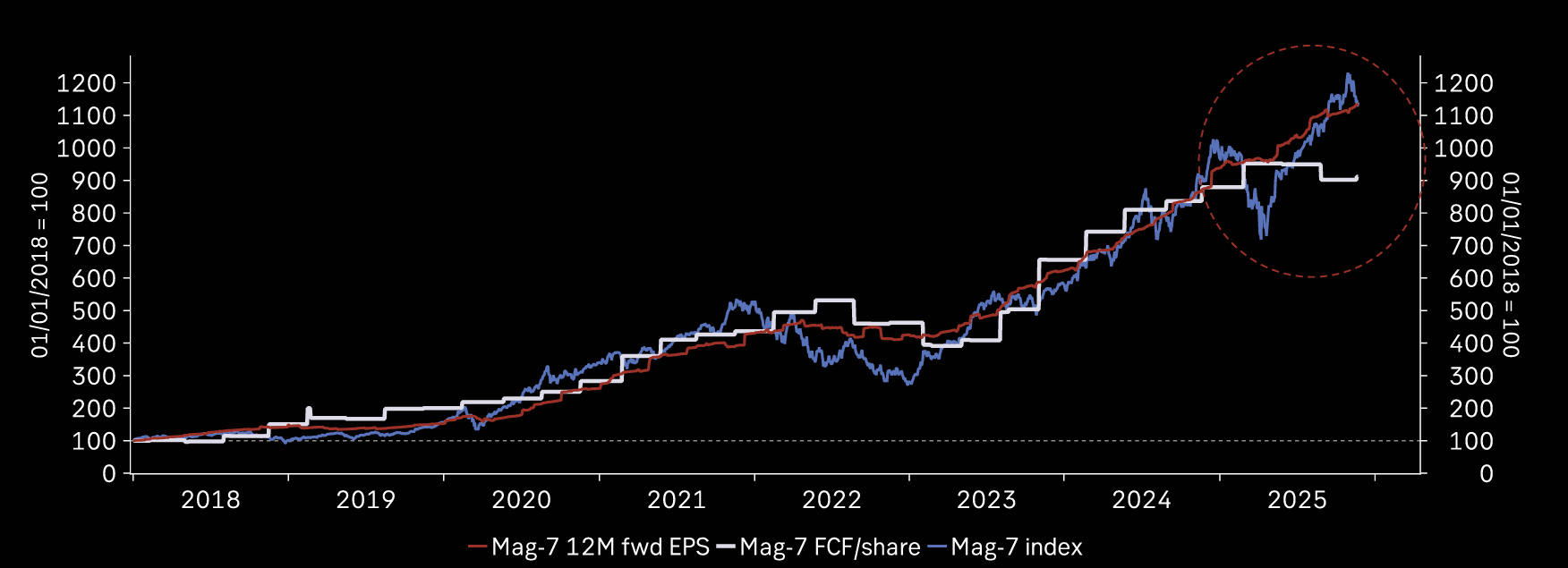 Does AI Capex Spending Lead To Positive Outcomes?
Does AI Capex Spending Lead To Positive Outcomes?12 Dec 2025
 A Third Of US Debt Matures In 2026
A Third Of US Debt Matures In 202612 Dec 2025
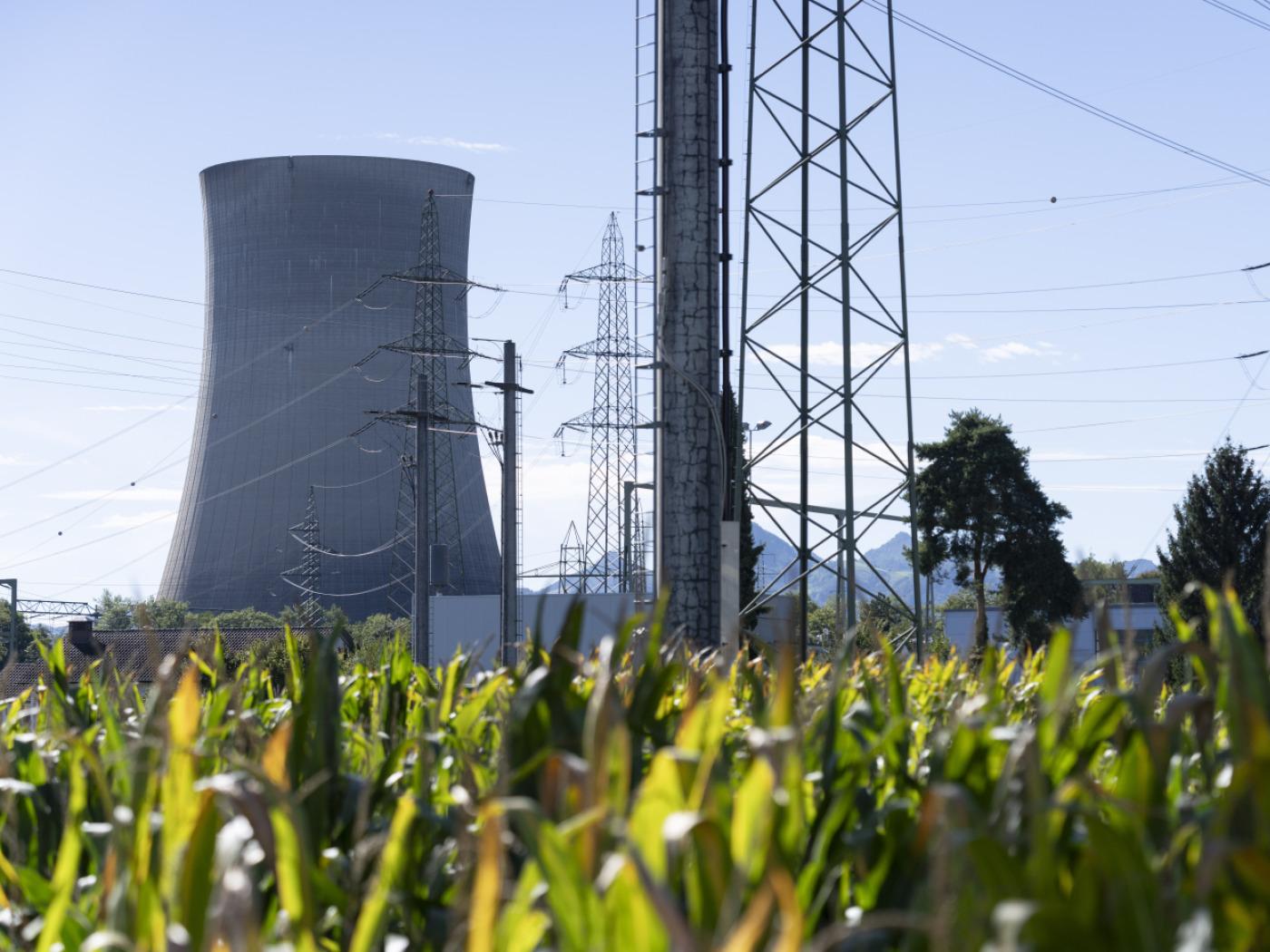 Swiss energy provider profits harmed by nuclear plant shutdowns
Swiss energy provider profits harmed by nuclear plant shutdowns11 Dec 2025
 Zurich airport set to break pre-Covid passenger record
Zurich airport set to break pre-Covid passenger record11 Dec 2025
 Dollar Remains on the Defensive after the FOMC
Dollar Remains on the Defensive after the FOMC11 Dec 2025
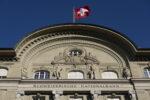 Swiss interest rates remain at 0%
Swiss interest rates remain at 0%11 Dec 2025
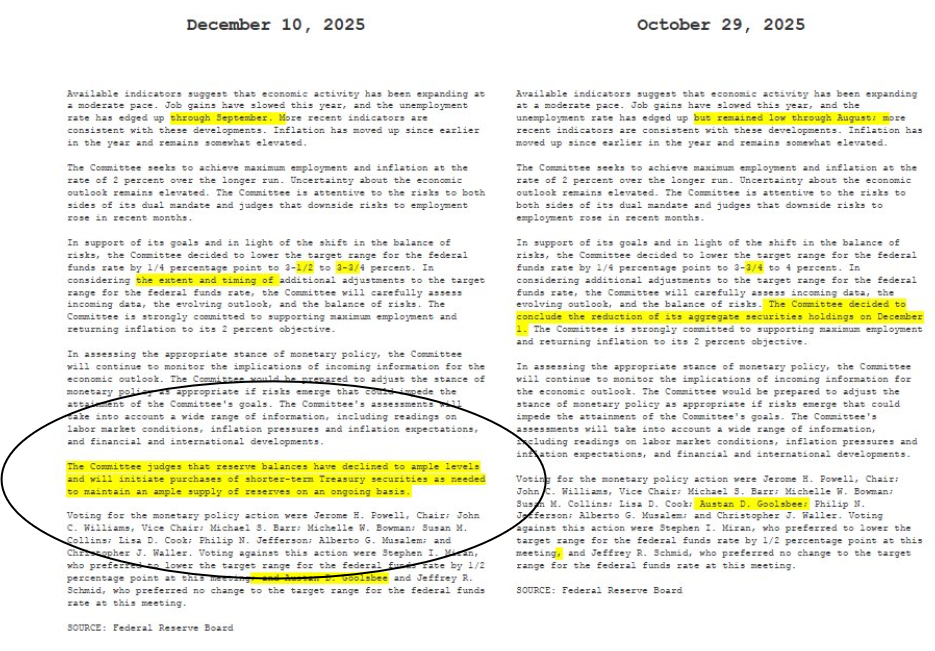 Hawkish Or Less Dovish? QE Or Not QE?
Hawkish Or Less Dovish? QE Or Not QE?11 Dec 2025
 How we use AI responsibly
How we use AI responsibly11 Dec 2025
 US tariff reduction will save Swiss firms: business federation
US tariff reduction will save Swiss firms: business federation11 Dec 2025
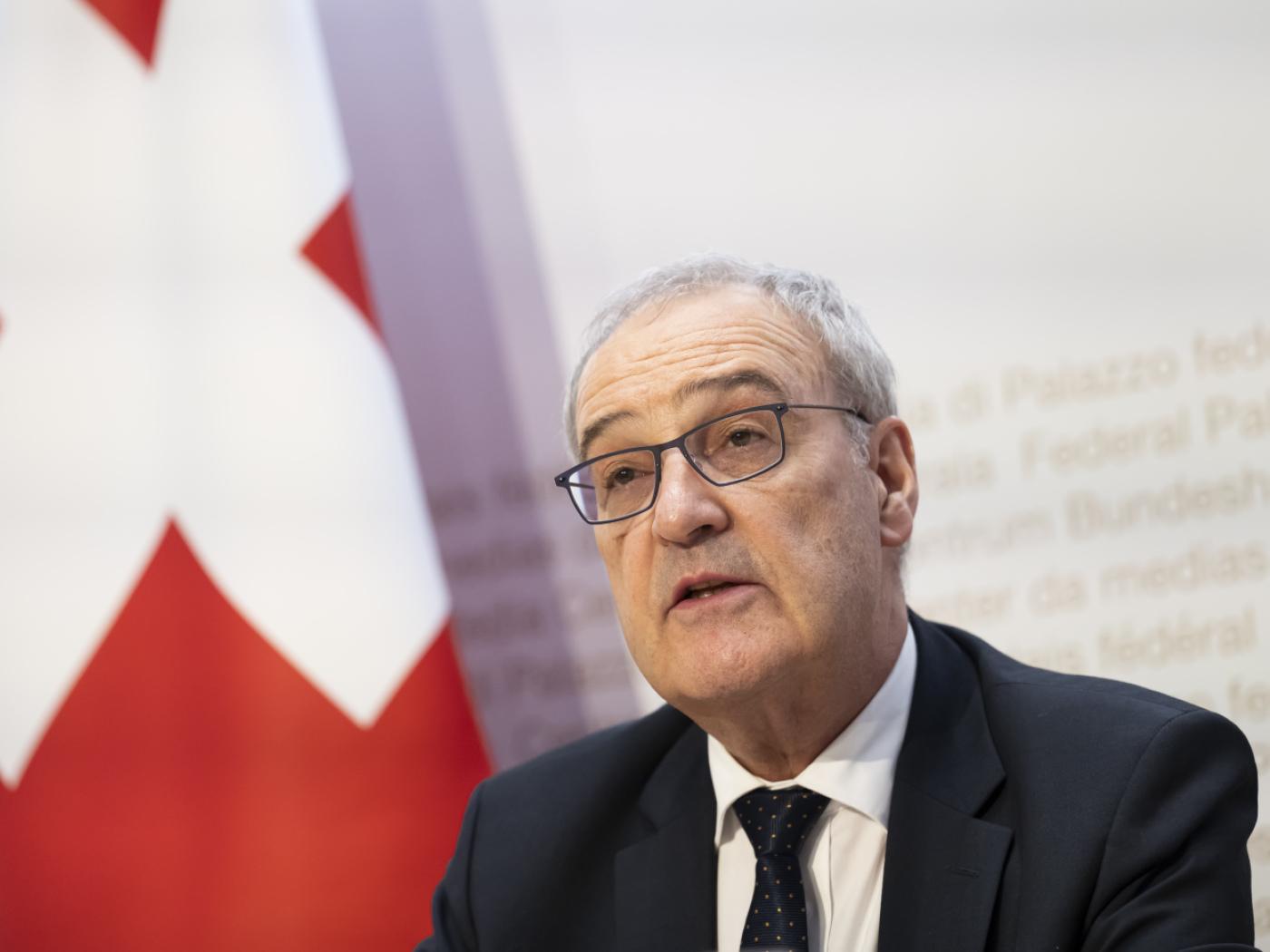 Switzerland gains retroactive US tariff cuts
Switzerland gains retroactive US tariff cuts11 Dec 2025
 Trump Accounts for babies, national security strategy, and chlorinated chicken
Trump Accounts for babies, national security strategy, and chlorinated chicken10 Dec 2025
 Fed Day with 10-year Yield at a Three-Month High
Fed Day with 10-year Yield at a Three-Month High10 Dec 2025
 Gotthard work will delay Swiss trains in January
Gotthard work will delay Swiss trains in January10 Dec 2025
 US Senator demands details of rumoured UBS relocation plan
US Senator demands details of rumoured UBS relocation plan10 Dec 2025
 EU rail expansion bypassing Switzerland
EU rail expansion bypassing Switzerland10 Dec 2025
 Affordability Crisis: Michael Green Challenges The Poverty Line
Affordability Crisis: Michael Green Challenges The Poverty Line10 Dec 2025












The Changing Role of Gold
Published on August 20, 2021
Stephen Flood
My articles My videosMy books
Follow on:
Under the Bretton Woods monetary system, central banks could exchange their US dollar reserves for gold. This also ended the gold fixed price of US$35 per ounce.
This week we explore the two questions that concluded last week’s article: What role can gold serve in the international financial system in the future? And why do central banks continue to increase their gold reserves?
Starting with the latter question of why central banks continue to increase their gold reserves?
This is an important factor in the gold market and therefore a topic we have discussed before – see our post from July 8: Central Banks Plan to Increase their Gold Reserves in 2021 – Here’s Why, for example.
The net demand from central banks has been positive since 2010 and collectively central banks hold over 35,000 metric tonnes of gold. This accounts for approximately a fifth of all gold ever mined.
.
Market to Crash by 80%
Watch David Hunter on GoldCore TV
Gold and its Primary Role
An article posted on Reuters by World Gold Council sums it up as: One of gold’s primary roles for central banks is to diversify their reserves. The banks are responsible for their nations’ currencies. However, these can be subject to swings in value depending on the perceived strength or weakness of the underlying economy.
At times of need, banks may be forced to print more money, Since interest rates, the traditional lever of monetary control, have been stuck near zero for over a decade. This increase in the money supply may be necessary to stave off economic turmoil. However, at the cost of devaluing the currency.
Gold, by contrast, is a finite physical commodity whose supply can’t easily be added to. As such, it is a natural hedge against inflation.
As gold carries no credit or counterparty risks, it serves as a source of trust in a country, and in all economic environments. Making it one of the most crucial reserve assets worldwide, alongside government bonds.
For more on central banks gold holdings see the dashboard below:
Central Bank Gold Holdings Interactive Charts
Therefore, the bottom line is that central banks are buying gold for many of the same reasons you and I are buying gold. Gold cannot be ‘printed’ by the Fed, the ECB, or any other central bank. In other words, this means gold is not subject to debasement.
And gold has attractive portfolio characteristics. In a central bank portfolio consisting of only a few currencies that might qualify as reserve currencies (i.e., the dollar, the euro and the yen), gold provides excellent diversification characteristics. For example, gold is very inversely correlated to the US dollar, meaning that in general if the US dollar goes down that the price of gold increases.)
Gold and the International Financial System
Turning to the first question of what role can gold serve in the international financial system in the future?
Also, the fact that many central banks are again interested in gold for reserve purposes suggests that a new, semi-official, role for gold could emerge in the future.
One example of a role for gold is future inclusion in the basket of currencies that make up the International Monetary Fund’s (IMF) Special Drawing Rights (SDR) currency basket.
The SDR is an IMF-sponsored currency basket. Presently includes the dollar, yen, pound, euro, and renminbi (the basket weights of each are determined by the size of GDP, trade, etc.).
When first introduced in 1968 the SDR was meant to supplant the role of both the dollar and gold in central bank reserves. The SDR was initially referred to as ‘paper gold’, and its initial value was set equal to one US dollar.
Full story here Are you the author?Follow on:
No related photos.
Tags: central-banks,Commentary,Currency,economy,Featured,Finance,Gold,gold market,gold news,gold price,Gold prices,inflation,Investing,newsletter,Precious Metals,silver,World Gold Council